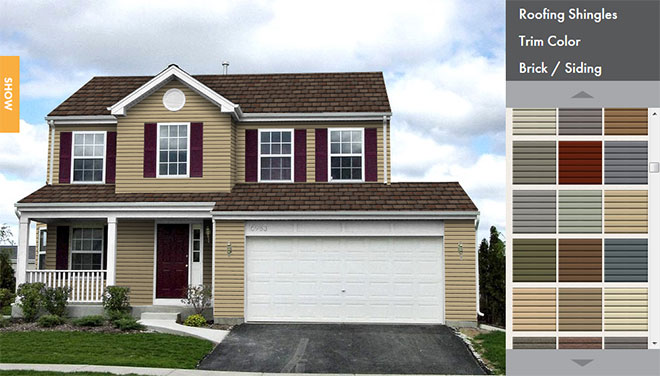Minneapolis MN Asphalt Roof Shingles
Guide To Selecting Your Asphalt Shingles For Minnesota Homeowners ~ Part 3
The Roof Environment
Let’s visit the roof environment. Subjected to harsh environmental weathering, shingles must endure everything from the scorching heat of the sun and its ultraviolet radiation, to the effects of seasonal and environmental changes. They may even be subjected to the effects of thermal shock, caused by quickly changing weather conditions.
The Heat of the Sun
The scorching heat of the sun can raise the temperature of the roof’s surface as high as 25 – 33ºC (45 – 60ºF) above ambient temperature. This can affect the life expectancy of asphalt shingles. Proper ventilation helps to reduce the fluctuation in the temperature of your roof over the course of the day, and can reduce your roof’s overall ambient temperature.
Ultraviolet Radiation from the Sun
Besides the heat, the sun is also a source of ultraviolet radiation, which can make the asphalt layer of the shingles age more rapidly. In order to protect against this, asphalt shingles are covered by colored granules to protect the asphalt from the sun.
Thermal Shock and Cyclical Fatigue
Sudden changes in weather can put an enormous stress on your roof. As an example, a cold front may enter an area and change a bright and sunny day into a dark and rainy one, suddenly dropping roof surface temperatures 30 – 45ºC (54 – 81ºF) almost instantaneously. This may cause the roof deck beneath the shingles to expand and contract, causing stress on the asphalt shingles. This process, along with the yearly change from summer to winter, may result in cyclical fatigue.
If your townhouse or complex has suffered snow damage this winter, or if you are considering reroofing your home, please contact a Minnesota residential roofing contractor today!


 Click Here
Click Here Click Here To Use
Click Here To Use